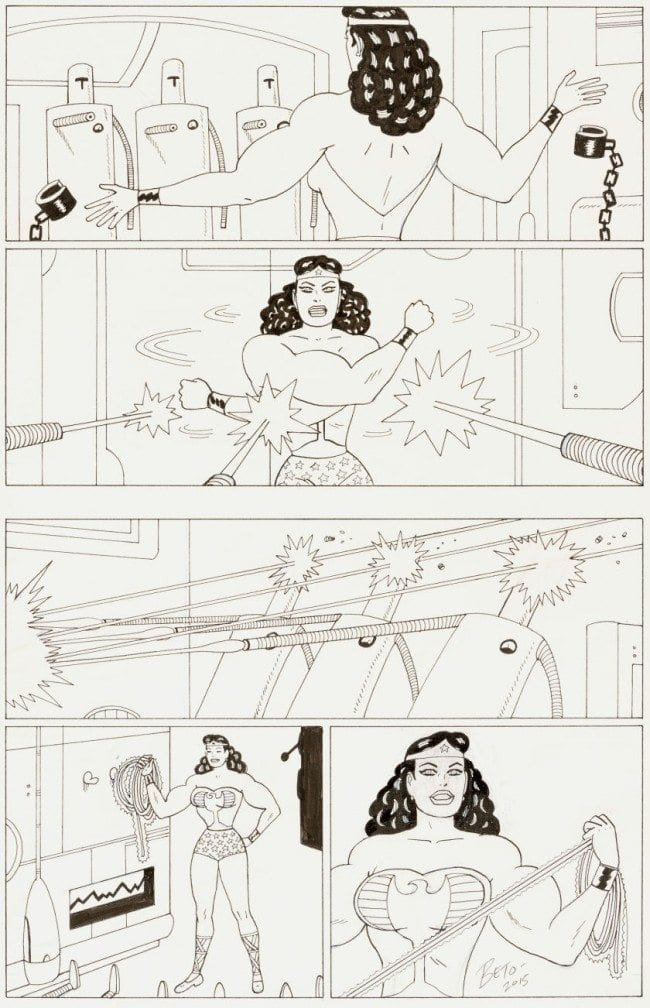Today on the site: James Sturm and Marek Bennett have organized a roundtable about "applied cartooning" for us, and the results are fascinating. Here's a bit of the intro:
The graphic novel boom of ten years ago coincided with the bottom dropping out of the publishing industry and lifted the fortunes of too few cartoonists. Working on a graphic novel for three years with only a $10,000 advance (if that much) is not going to work. As a teacher I try to fully support my student’s artistic and career ambitions but at the same time I have a responsibility to help prepare them for the reality of the marketplace.
So what’s a cartoonist to do? One positive sign is that comics are quickly branching out into other fields like education/visual literacy, graphic medicine, comics journalism, and graphic facilitation. Last summer, Marek Bennett and I created a comic, The World is Made of Cheese, The Applied Cartooning Manifesto that grew out of conversations we were having about forging a life in comics beyond the traditional publishing model. I always admired Marek’s cartooning career because he has done just that.
“Applied Cartooning” is jargon to be sure, but I hope it can become useful jargon. The idea is to better position cartoonists in the marketplace so our expertise is recognized and we are compensated more fairly for the skills we bring to the table.
Elsewhere:
Well, I, along with Tucker and Jog, am disappointed in this news.
Here's a nice profile of the LA gallery Dem Passwords, which has hosted shows by the likes of Frank Santoro, Ron Rege, Jessica Ciocci and Lee Perry. Long ago Santoro and I went and got very high in the mountains of Switzerland with Lee Perry under the auspices of Sebastien, co-owner of this very gallery. Frank and Lee jammed on a Batman drawing that I deeply regret not taking with me. We also climbed a small snow drift. That was fun!
Also, let's pause for a moment and remember that Gilbert Hernandez is one of the greatest cartoonists of all time and has mercilessly unleashed more work than even I can keep up with lately. This page is from a Wonder Woman comic that was apparently released by DC on mobile devices this year, and which I've not seen. The drawing here is stunning -- deceptively simple pen-lines delineating forms that make no claim on reality. That's the brilliance of Gilbert's approach -- like his fellow greats Ditko and Kirby, he has a language of forms that he can apply to any given situation. Wonder Woman's bulbous body, the robots, even the oscillating machine all signal a Gilbert Hernandez visual world. And what's more, there's no fuss -- it is comic book economy storytelling at it's best -- taking the reader through the action without any unnecessary diversions, and yet... the details are so compelling -- Wonder Woman's hair is a repeating wave pattern (shades of Karl Wirsum) and her face a mask of stoicism; chains fall without incident, and yet perfectly curved motion lines indicate the force of her arms. It's happily more a Gilbert Hernandez comics than a DC comic -- Wonder Woman being a way for him to exercise this mode of storytelling and this particular kind of drawing. This is just superb comic book art by one of the few geniuses to grace the medium.







